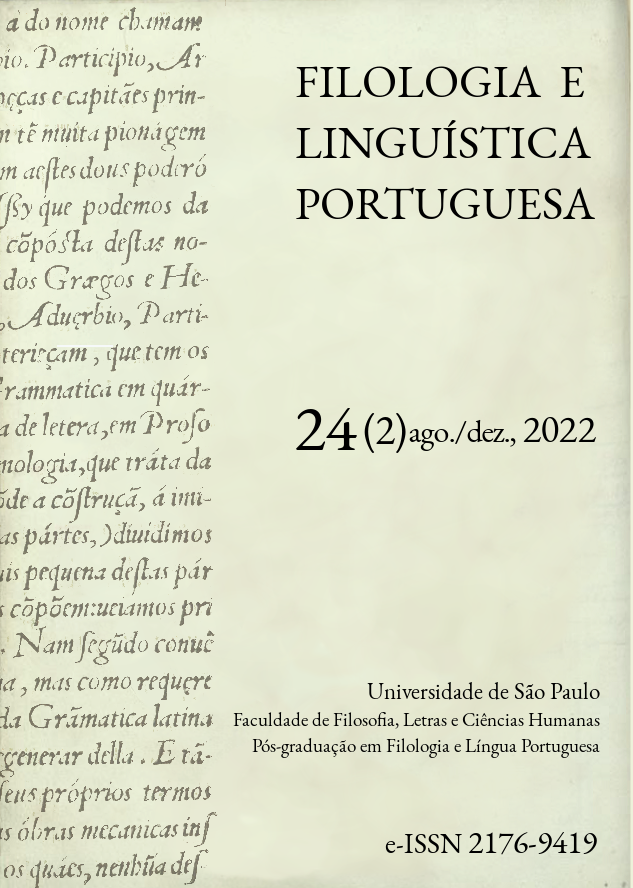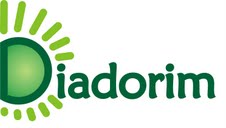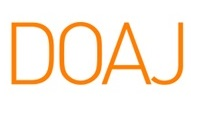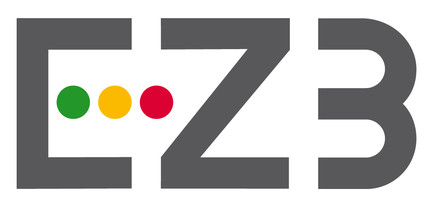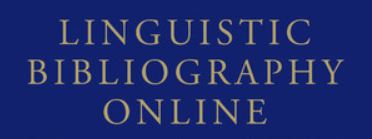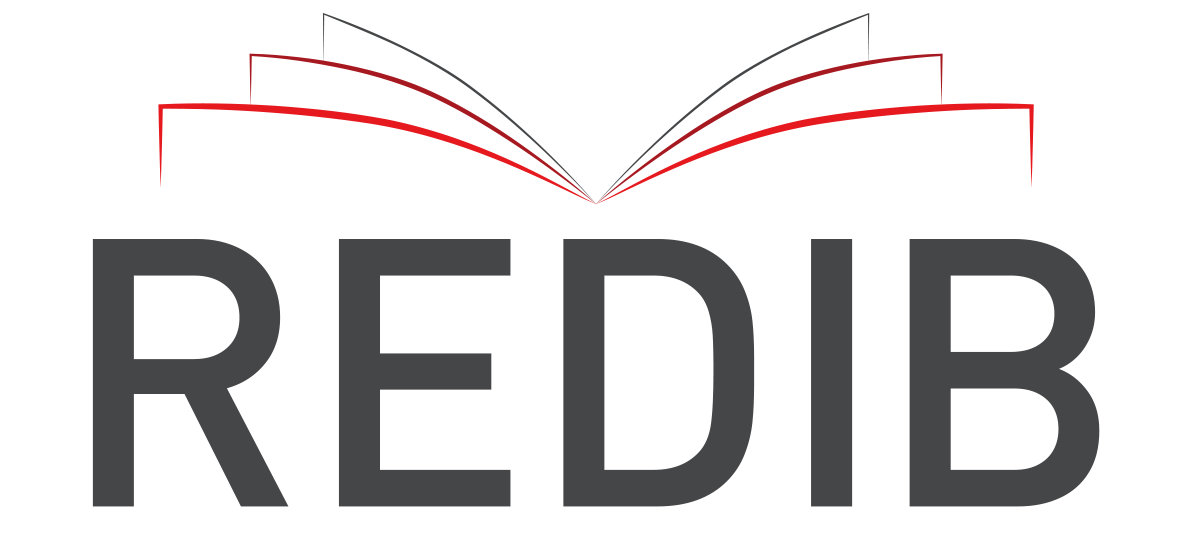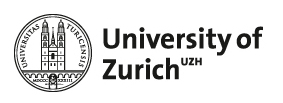The importance of linguistic studies in improving Google Translate: language, neuroscience and artificial intelligence
DOI:
https://doi.org/10.11606/issn.2176-9419.v24i2p161-180Keywords:
Language, Translation, Neuroscience, Artificial inteligenceAbstract
The objective of this work is to present the analysis of the translation of the song They don't care about us by the singer Michael Jackson, through the Google Translate tool, reflecting how the interrelation of linguistic, neuroscientific and artificial intelligence studies can contribute for the improvement of the Google Translate tool. The methodological approach of this research is qualitative and is linked to studies in language (Dik, 1989; Givón, 1989), neuroscience (Consenza; Guerra, 2011; Herculano-Houzel, 2012) and artificial intelligence (Russell; Norvig, 2004; Othero, 2005). The analyzes in this work showed that the translation processes are not efficient, disregarding the cognitive and pragmatic-discursive aspects, since the syntax (coding) reflects this relationship. Even so, it was noticed that the Google Translator tool presented significant linguistic advances, especially for having in its processing the technology of Artificial Neural Networks. The program already shows advances in the construction of sentences syntactically and semantically suited to the communicative context, in Brazilian Portuguese, but there is still a need for studies in artificial intelligence to consider linguistic research, because “language” is not just the execution of speech/writing, but a whole linguistic, discursive and cognitive apparatus that mediates sociocultural relations through language.
Downloads
References
Arrojo R. Oficina de tradução: a teoria na prática. São Paulo: Ática; 2007.
Astangl A. Google Tradutor. Ciência da abelha; 2010. [citado 30 jan. 2018]. Disponível em: http://cienciadaabelha.wordpress.com/2010/05/02/google-tradutor.
Bertoque LADP. Elaborações de voz da fala goiana: o destaque ao argumento afetado [tese]. Goiânia: Faculdade de Letras da Universidade Federal de Goiás; 2014.
Bertoque LADP, Casseb-Galvão VC. Aspectos biofisiológicos no processo funcional da linguagem. In: Resende BD, et al., organizadores. Linguagem e cognição: um diálogo interdisciplinar. Lecce/Rovato: Pensa MultiMedia Editore; 2015.
Braga AP, et al. Redes neurais artificiais: teoria e aplicações. Rio de Janeiro: Travessa do Ouvidor; 2000.
Cosenza RM, Guerra LB. Neurociência e educação: como o cérebro aprende. Porto Alegre: Artmed; 2011.
Dik SC. The theory of functional grammar. Berlin, New York: Mouton de Gruyter; 1989.
Drew DH. The dream: Martin Luther King Jr. and the speech that inspired a nation. California: Harper Collins e-books; 2005.
Fernandes AMR. Inteligência Artificial: noções gerais. Florianópolis: Visual Books Editora; 2003.
Ferrari L. Introdução à linguística cognitiva. São Paulo: Contexto; 2011.
Givón T. Mind, code and context: Essays in pragmatics. University of Oregon. Lawrence Erlbaum Associates, Publishers. Hillsdale, New Jersey London; 1989.
Haykin S. Redes neurais: princípios e práticas. Paulo Martins Engel. Porto Alegre: Bookman; 2001.
Herculano-Houzel S. A neurociência do aprendizado. Direção: Paulo Aspis. Roteiro: Paulo Aspis e Suzana Herculano-Houzel. Direção de fotografia: Paulo Baroukh. Edição e pós-produção: Fernando Taliba e Luciana Sperandio. Som: Roberto Davy. Locução: Luiz ALbuquerque. São Paulo: Atta-mídia e educação; 2012. Vídeo (36 min.), son., color.
Ilari R, Basso RM. Algumas características do português brasileiro. In: O português da gente: a língua que estudamos e a língua que falamos. 2.ª ed., 2.ª reimpressão. São Paulo: Contexto; 2011.
Jakobson R. Linguística e comunicação. 23.ª ed. São Paulo: Cultrix; 2008.
Kahmann A. Introdução aos estudos da tradução. João Pessoa: Biblioteca virtual UFPB; [data desconhecida]. [citado 20 jan. 2018]. Disponível em: http://biblioteca.virtual.ufpb.br/files/introduaao_aos_estudos_de_traduaao_1330351847.pdf.
Kean S. O duelo dos cirurgiões: e outras histórias de traumas, loucura e recuperação do cérebro humano. Borges ML, tradutora. Rio de Janeiro: Nova Aguilar; 2008.
Levy S. Google a biografia. São Paulo: Universo dos livros; 2012.
Martelotta ME. Manual de linguística. São Paulo: Contexto; 2010.
Michael J. They don’t care about us (prison version). [citado 03 jun. 2022]. Disponível em: https://www.youtube.com/watch?v=t1pqi8vjTLY.
Neves MHM. A gramática funcional. São Paulo: Editora Contexto; 2018.
Neves MHM. Gramática de usos do português. 2.ª ed. São Paulo: Editora Unesp; 2011.
Othero GA. Linguística computacional: teoria e prática. São Paulo: Parábola Editorial; 2005.
Phillips SF. The teen brain. United States of America; 2007.
Relvas MP, orgnizador. Que cérebro é esse que chegou à escola? As bases neurocientíficas da aprendizagem. Rio de Janeiro: Wak; 2012.
Roque A. Psicologia conexionista - aula 4. [citado 6 jun. 2022]. Disponível em: http://www.sisne.org/Disciplinas/PosGrad/PsicoConex/aula4.pdf.
Russell SJ, Norvig P. Inteligência artificial. Rio de Janeiro: Elsevier; 2004[2001].
Smith D. Michael Jackson apologizes for hurt caused by lyrics. The New York Times. 1995 Jun.;17. [citado 02 fev. 2018]. Disponível em: http://www.nytimes.com/1995/06/17/arts/michael-jackson-apologizes-for-hurt-caused-by-lyrics.html.
Tomasello M. Origins of human communication. Cambridge: The MIT Press; 2008.
Van De Graaff KM. Anatomia humana. Nader Wafae, revisor científico. Barueri, SP: Manole; 2003.
Downloads
Published
Issue
Section
License
Copyright (c) 2022 Kelly Cristhel do Nascimento Pimentel, Lennie Aryete Dias Pereira Bertoque

This work is licensed under a Creative Commons Attribution-NonCommercial 4.0 International License.
Copyright is transferred to the journal for the online publication, with free access, and for the printing in paper documents. Copyright may be preserved for authors who wish to republish their work in collections.


